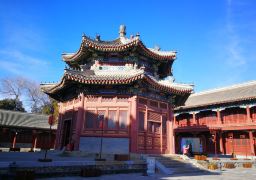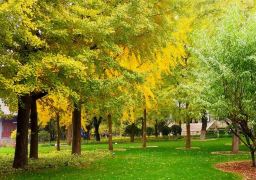Anze stone carvings date back to the Northern and Southern Dynasties (around 521 AD) and flourished during the Tang, Five Dynasties, and Song periods. With a history of 1300 years, Anze County is known as one of the most concentrated sites of ancient Chinese Buddhist sculptures in China. To date, 200 grottoes with over 100,000 statues have been discovered across different dynasties. The grandness of the Tang Dynasty sculptures and the exquisiteness of the Song Dynasty sculptures are particularly renowned, holding a special place in the history of Chinese stone carving art, bridging Yungang and Longmen to Dazu stone carvings.
Anze stone carvings represent a treasure trove of ancient Chinese stone carving art. Most of these works are from the mature and peak periods of China’s stone carving art, boasting high artistic value. Apart from a few statues with a simple and vigorous style reminiscent of the Wei and Jin dynasties, the majority exhibit the grand and luxurious style of the Tang Dynasty, as well as the delicate and ornate characteristics of the Song Dynasty. Among them, there are also creations by the people of Anze, who, with their unique ingenuity, superb craftsmanship, and observations and understanding of life, have made bold breakthroughs in religious ceremonies.
The opening times vary across different scenic areas; details are subject to on-site announcements at each scenic spot.









